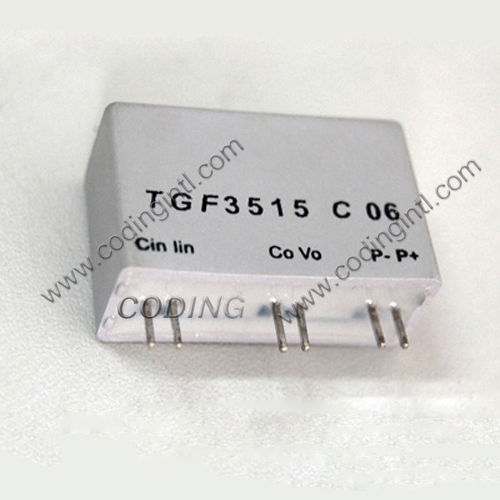Current sensor targets power monitoring uses – The RT series
Newly released is the first AC current sensors family depending on patent-pending Perfect Loop Technology. After calibration, the RT series achieves absolute accuracy of higher than 0.65 percent – including the position error - driving them the first split-core Rogowski coils to become ideal for use in Class 1 power devices.
An imperfect coil structure induces an unbalanced geometry and increases sensitivity to the position of the measured conductor within the sensor, or to the proximity of external electric cables. The RT series of sensors overcomes the situation of asymmetry resulting from the discontinuity at the sensor opening, which is inherent in conventional split-core Rogowski coils. Rather than using complex and costly clasp designs to minimize the effects of discontinuity, LEM engineers have invented a unique, patent-pending magnetic coupling technology that allows a perfect extension of the magnetic flux at the loop opening, which compensates for coil asymmetry.
Moreover, LEM has evolved an advanced coil-winding process which produces exceptionally regular windings, to further enhance sensor symmetry, accuracy and immunity to electromagnetic interference.
Sensors based on conventional Rogowski coil technology combine almost perfect linearity, without saturation or upper limit in the current rating, a big frequency range which includes 50/60 Hz, and an ultra-compact and flexible form. RT sensors retain these key benefits while overcoming susceptibility to asymmetry due to discontinuity in the sensor opening, and minimizing unevenness within the coil winding.
The Rogowski coil principle provides very precise detection of the rate of change (derivative) of the primary current that induces a proportionate voltage at the terminals of the coil. A simple electronic integrator circuit, typically within the device to which the sensor is connected, is used to convert the voltage signal into an output signal that is proportional to the primary current. This eliminates the need for an additional power supply, as the RT sensor is self-powered.
The very thin, light and flexible format of RT sensors allows them to be fitted into applications for which traditional current transformers are typically too heavy and bulky, especially when measuring high currents. Their split-core construction allows them to easily wrap around the conductor without dismantling cables or shutting down operation. The benchmark accuracy of RT series sensors provides enhanced performance in current and power monitors as well as energy meters.
This article by blogcoding original compilation, please indicate the source:http://www.codingintl.com/blog/172.html





Post a comment